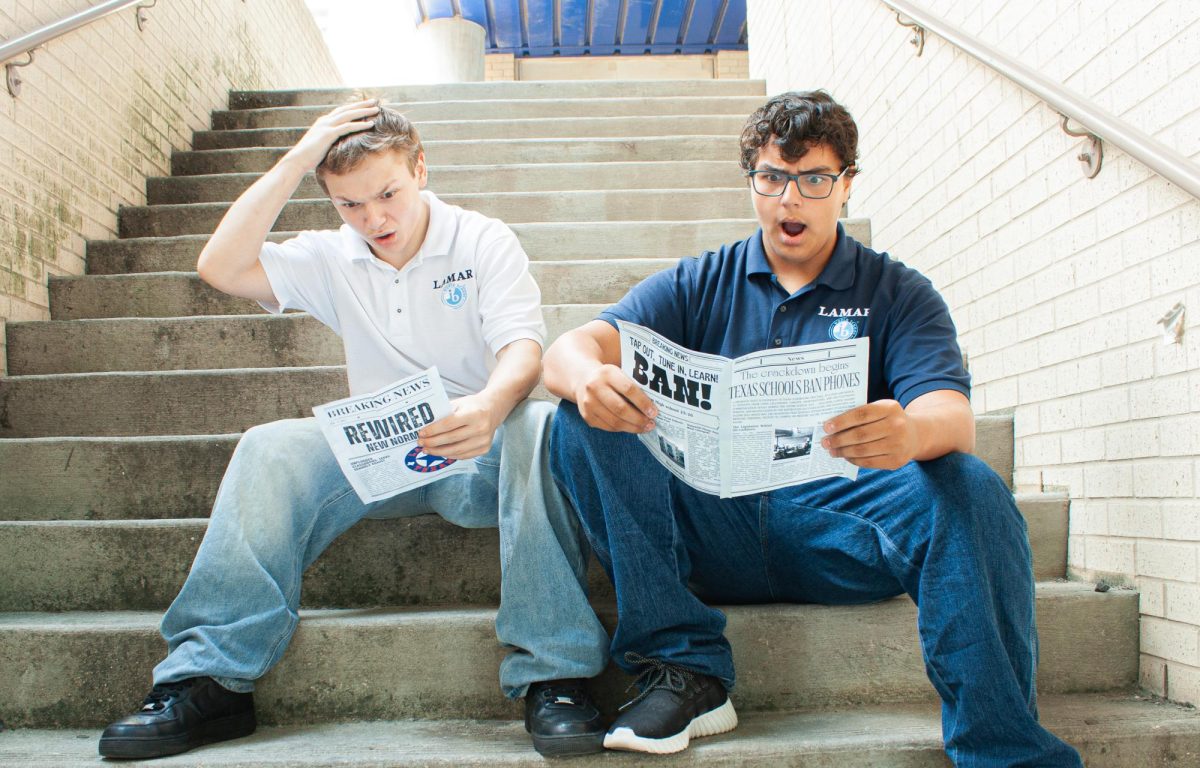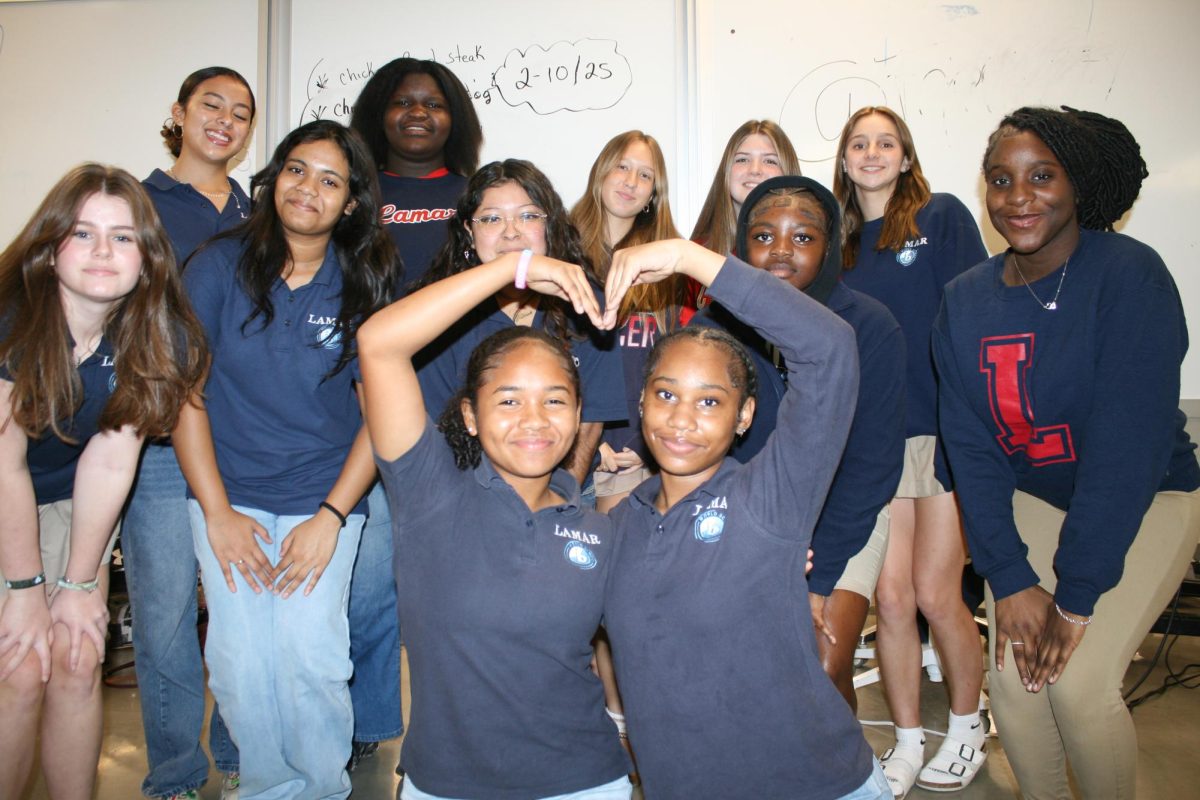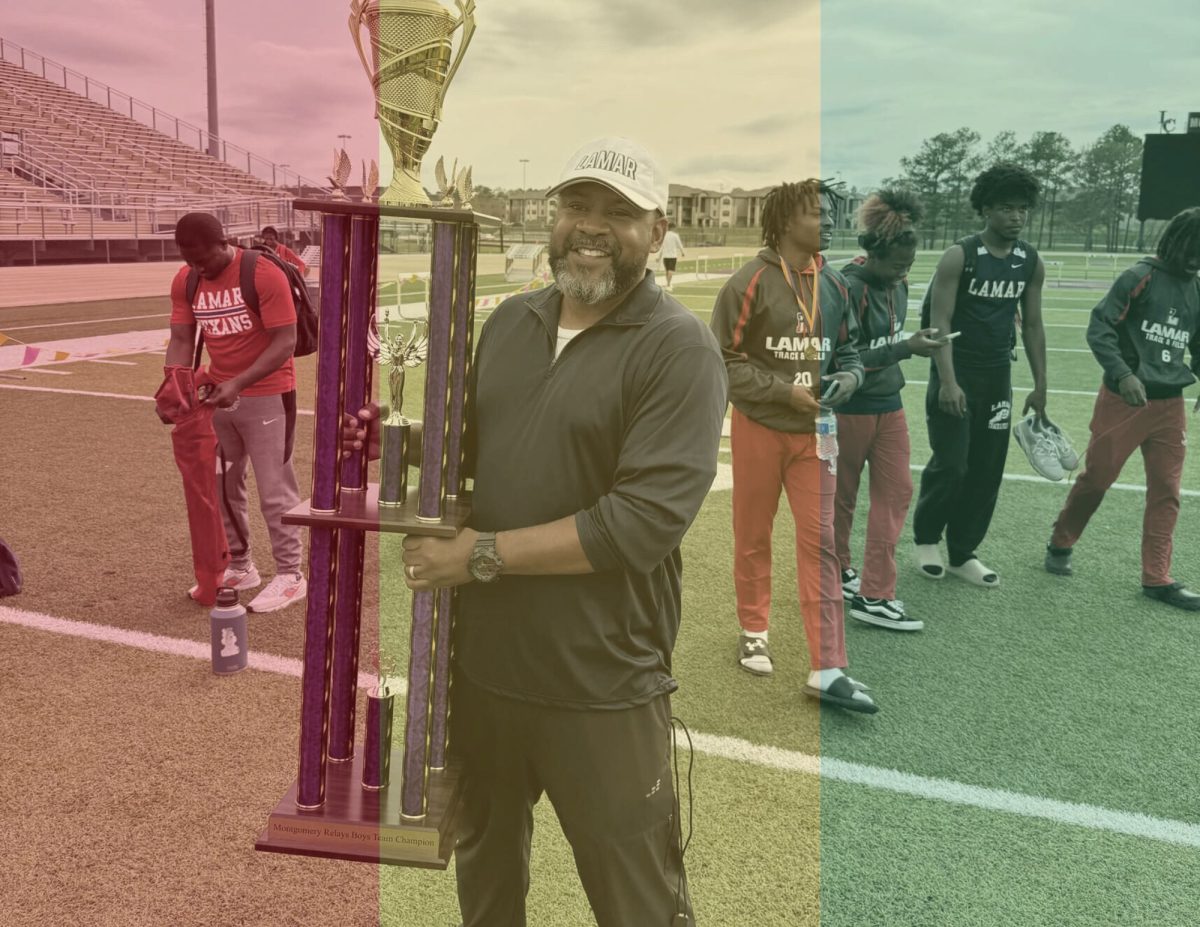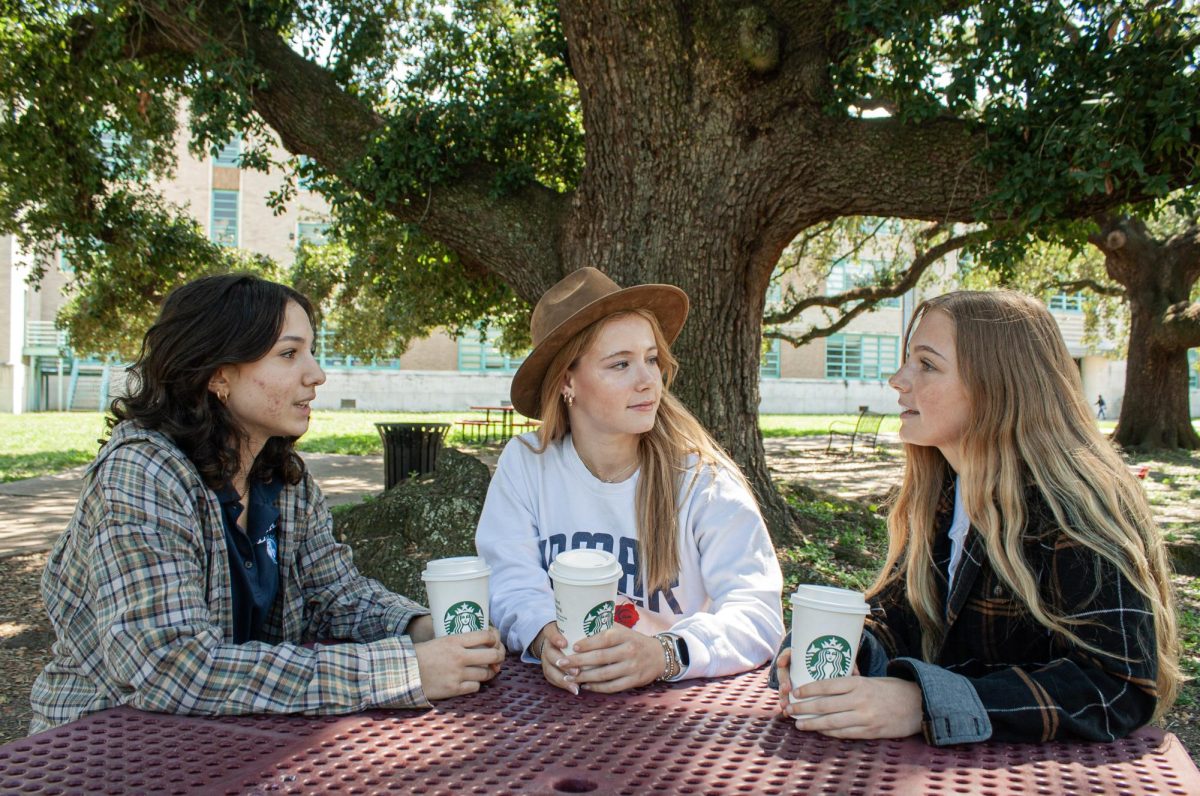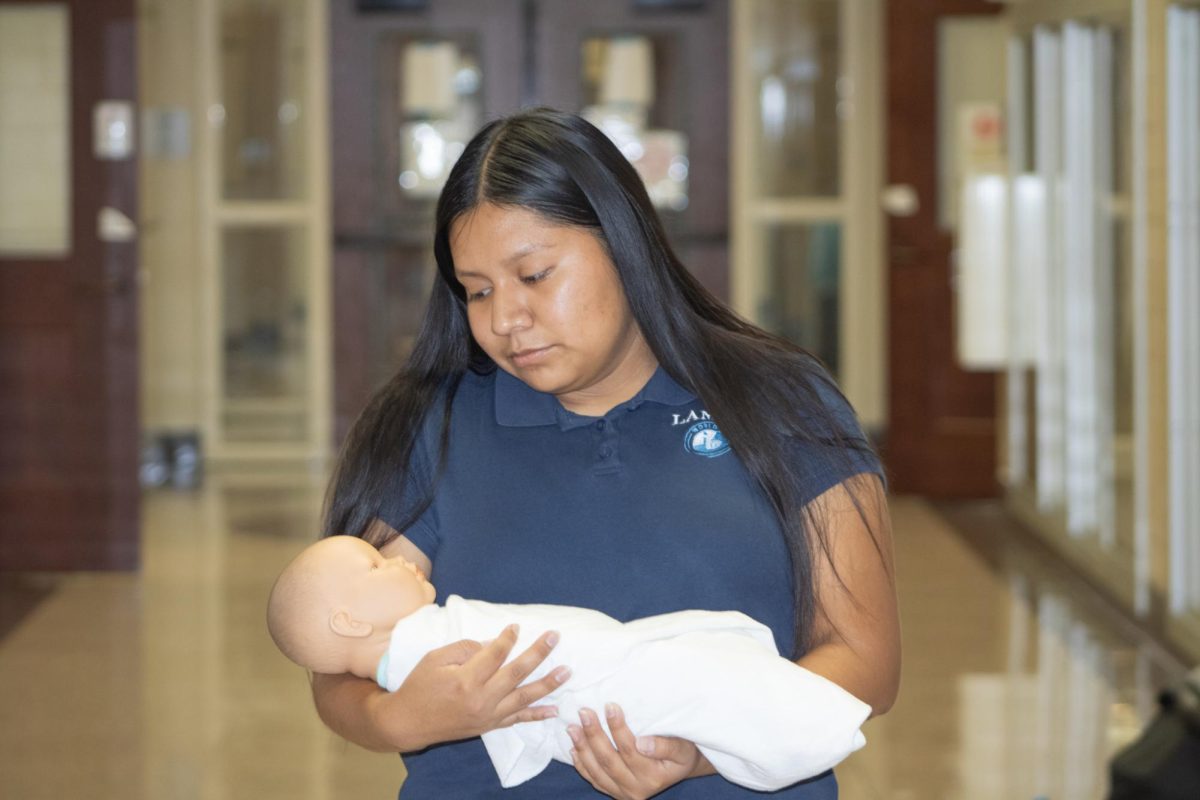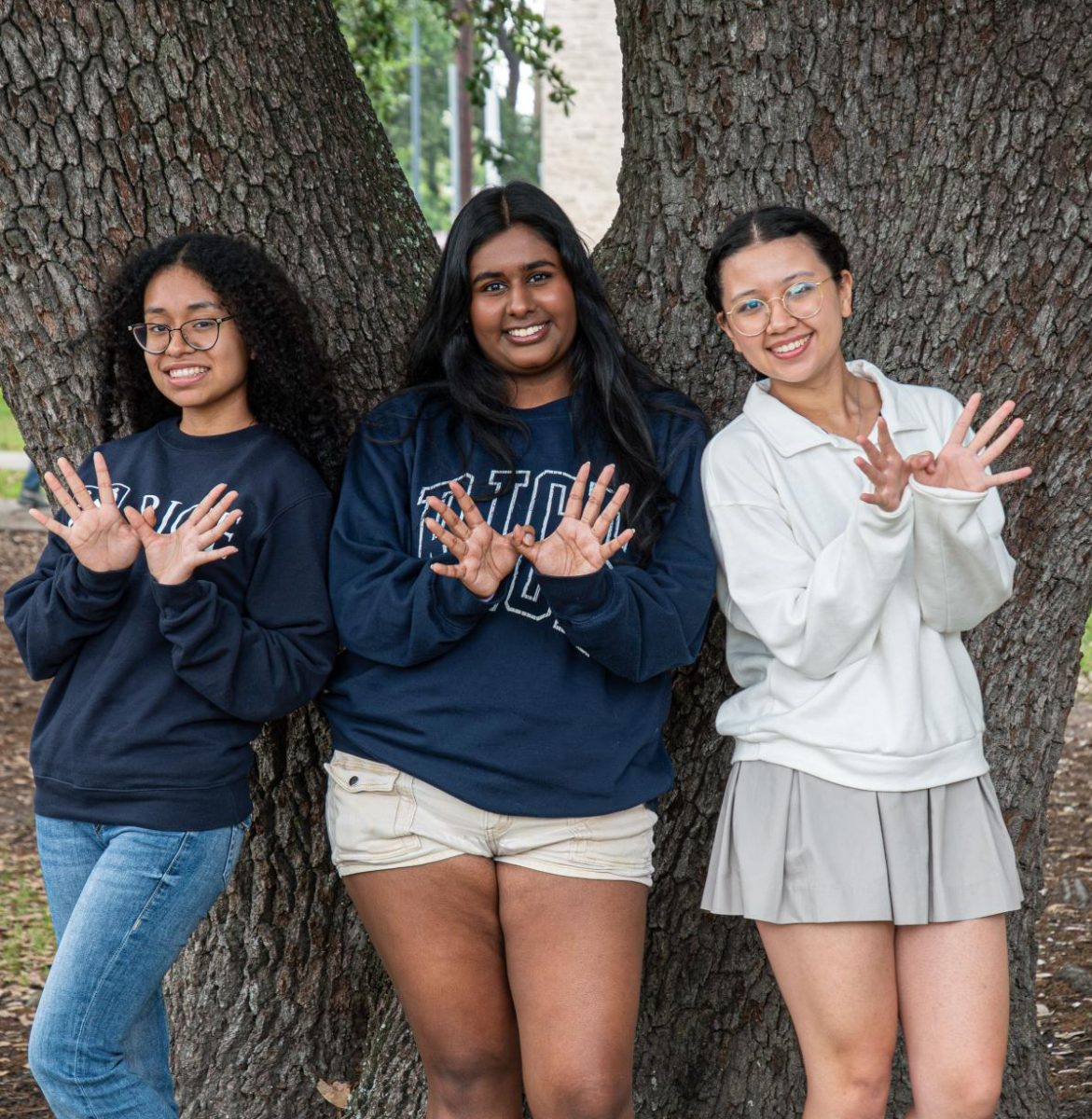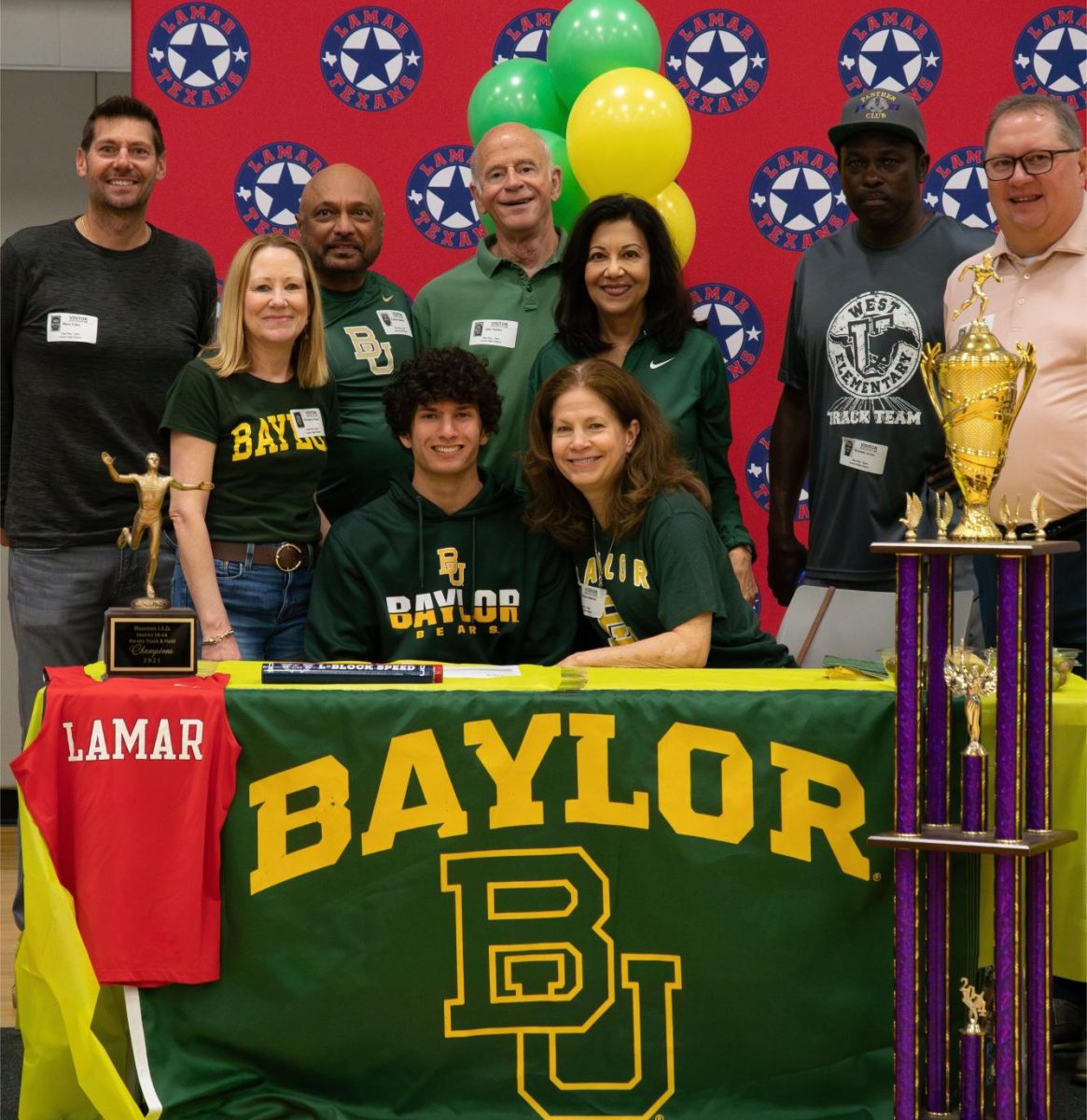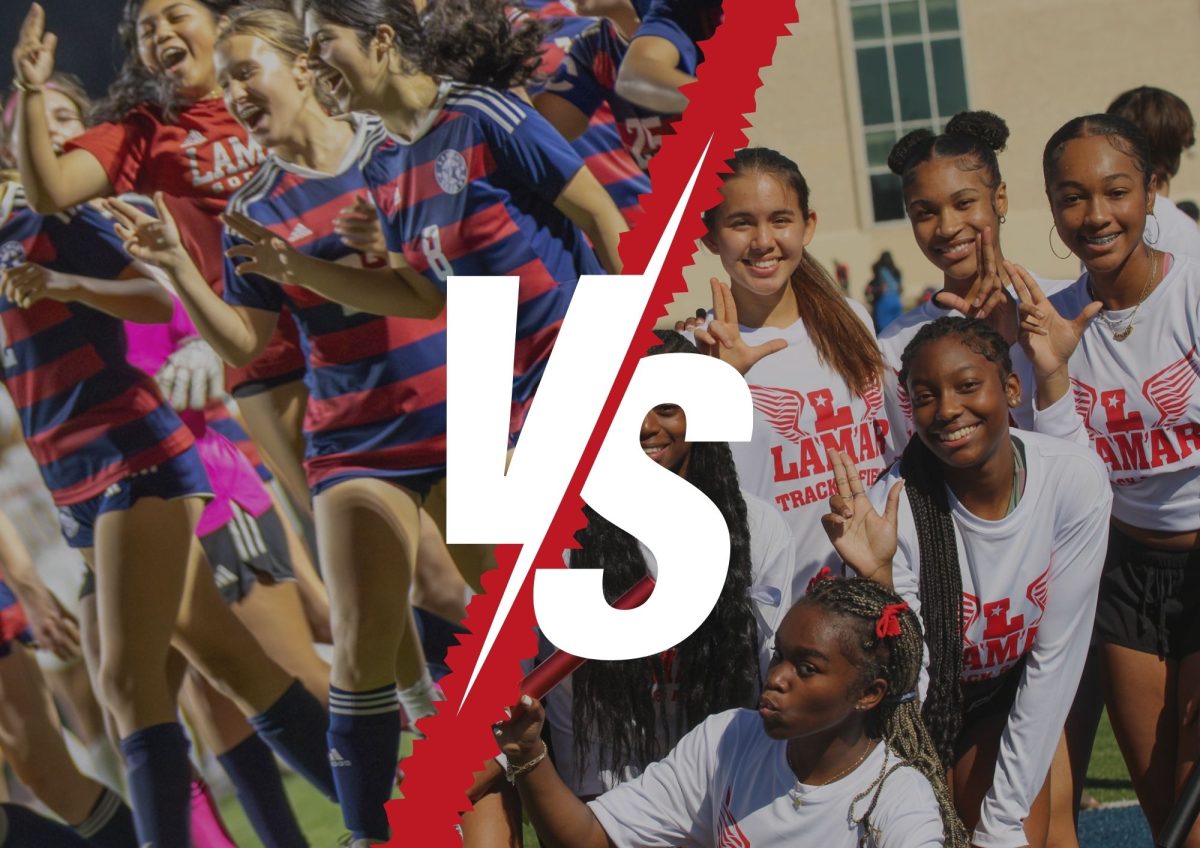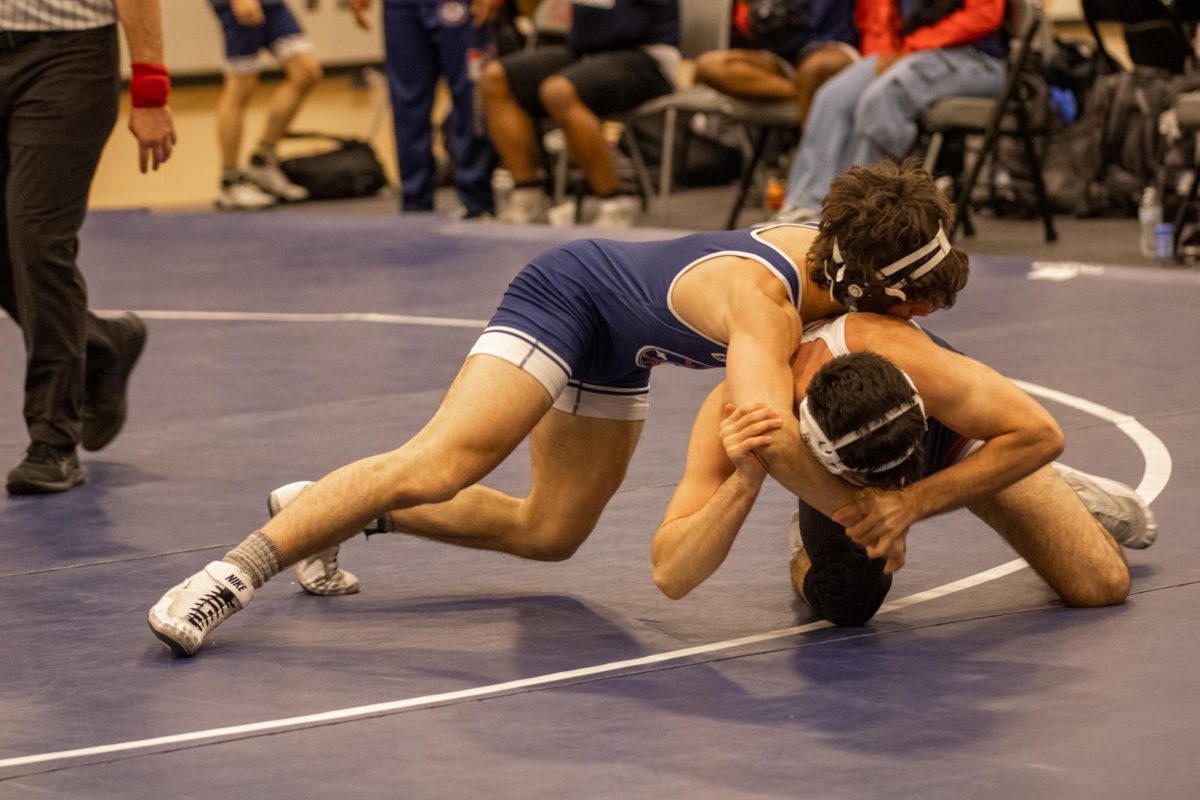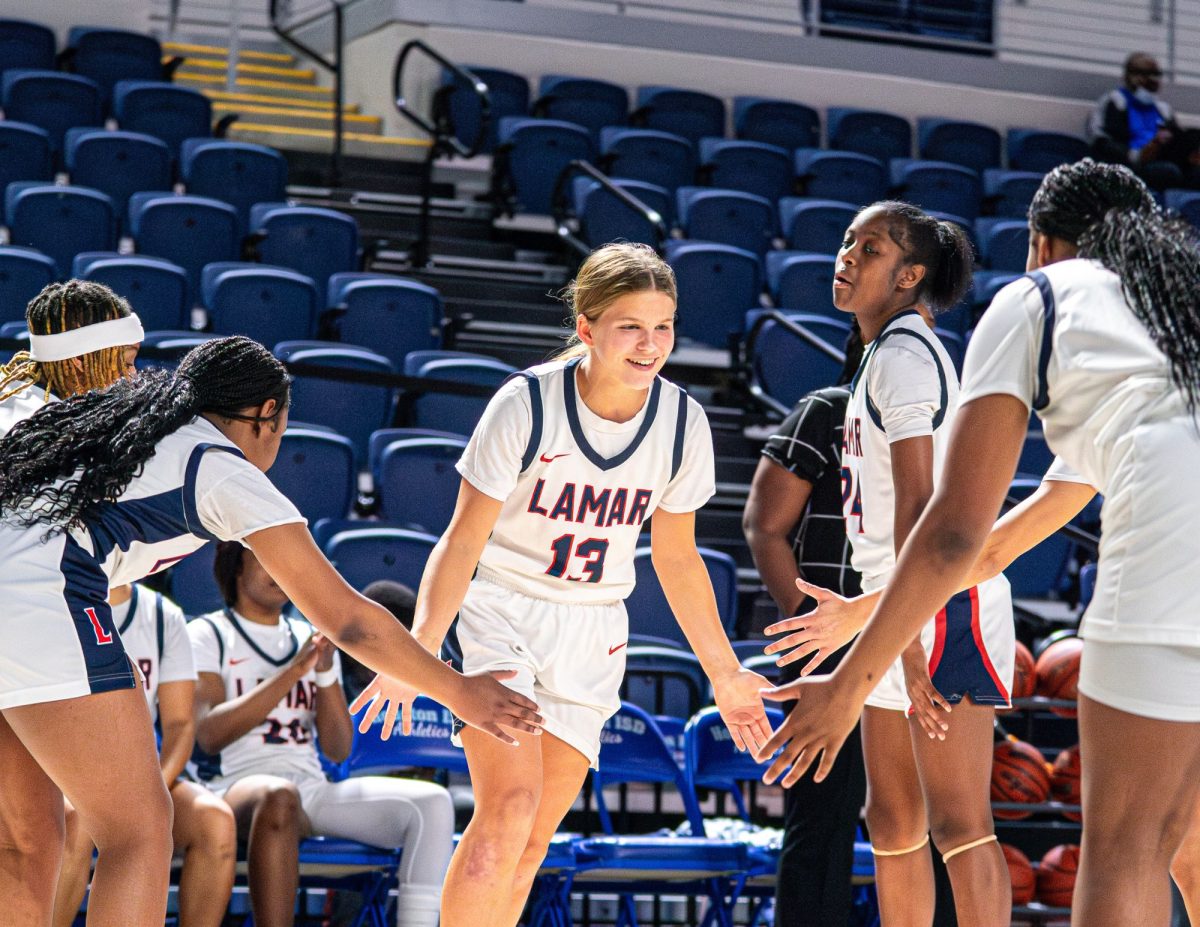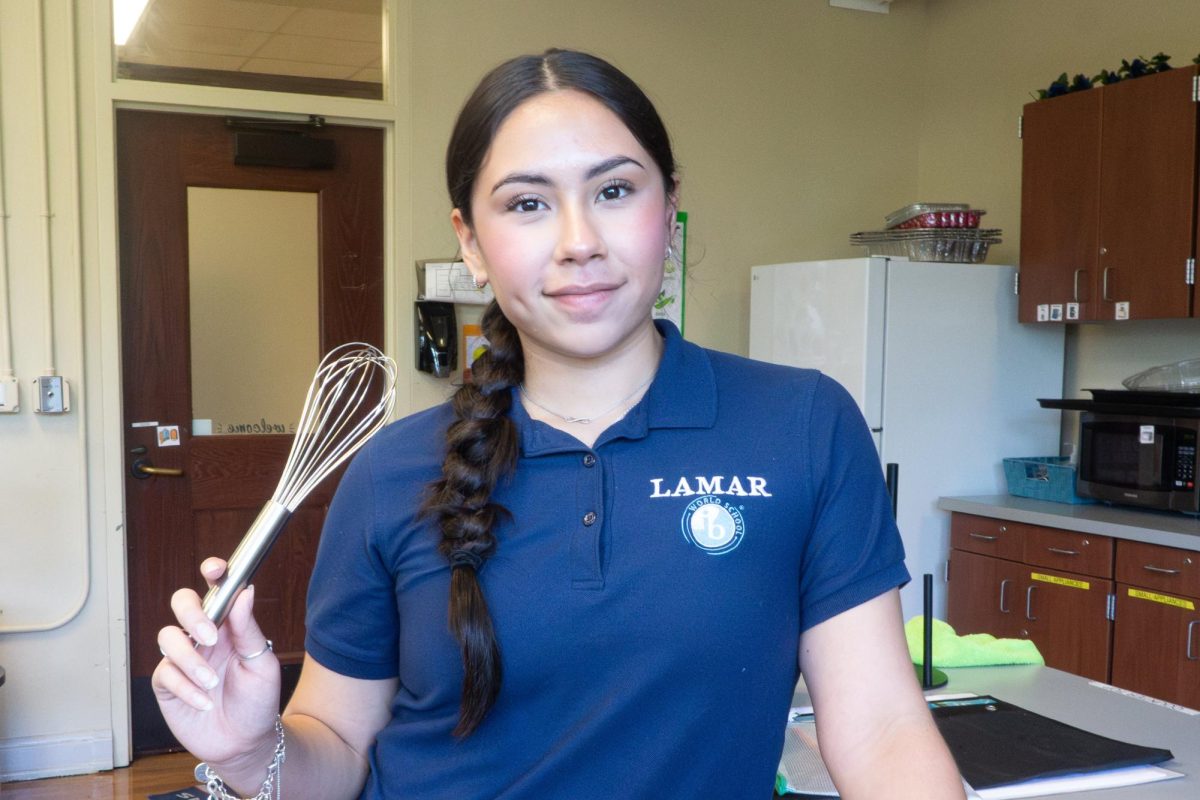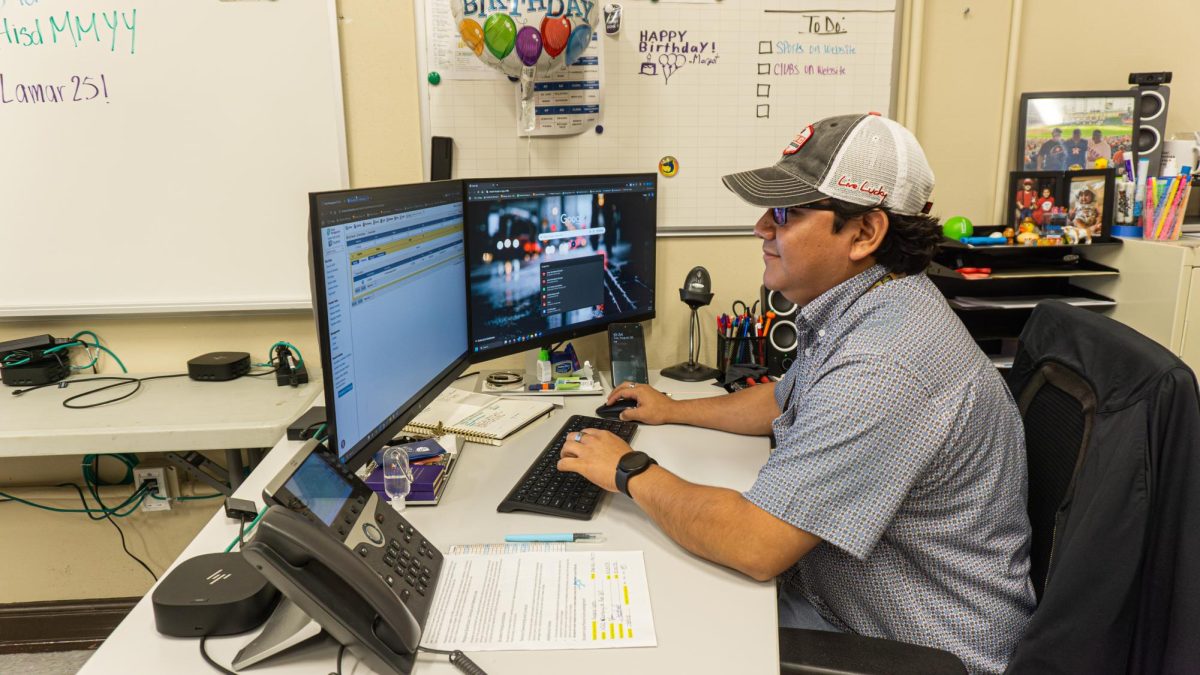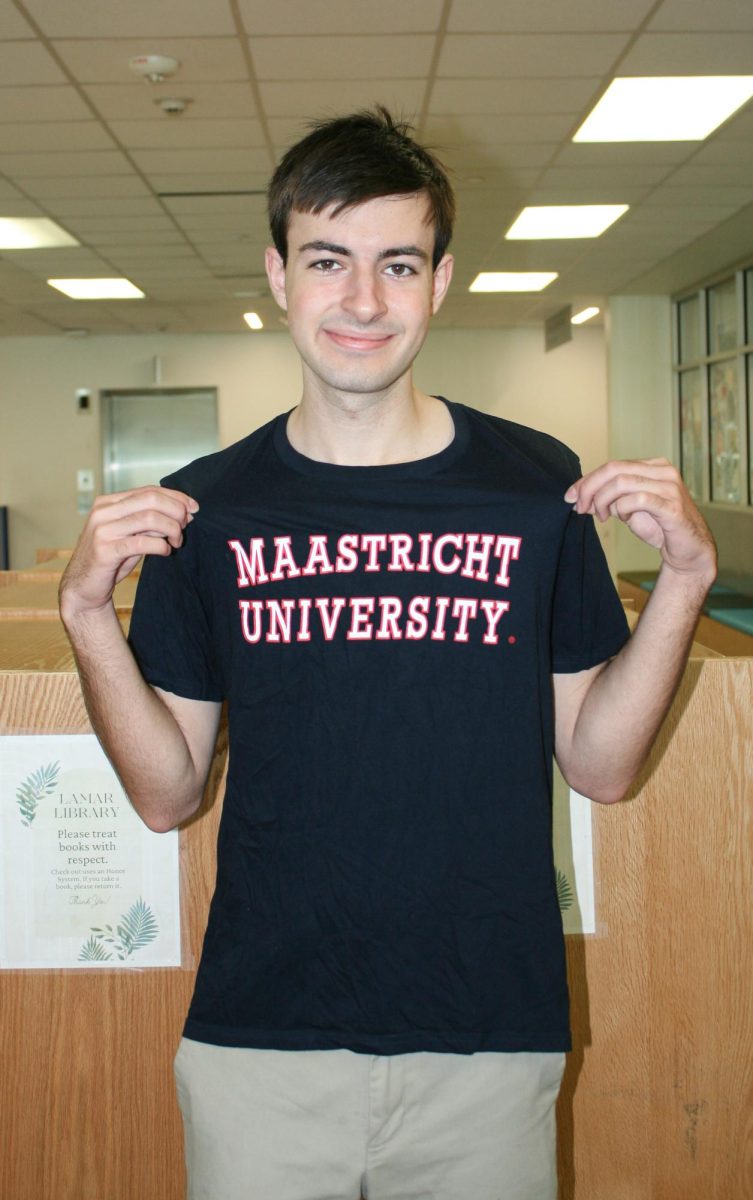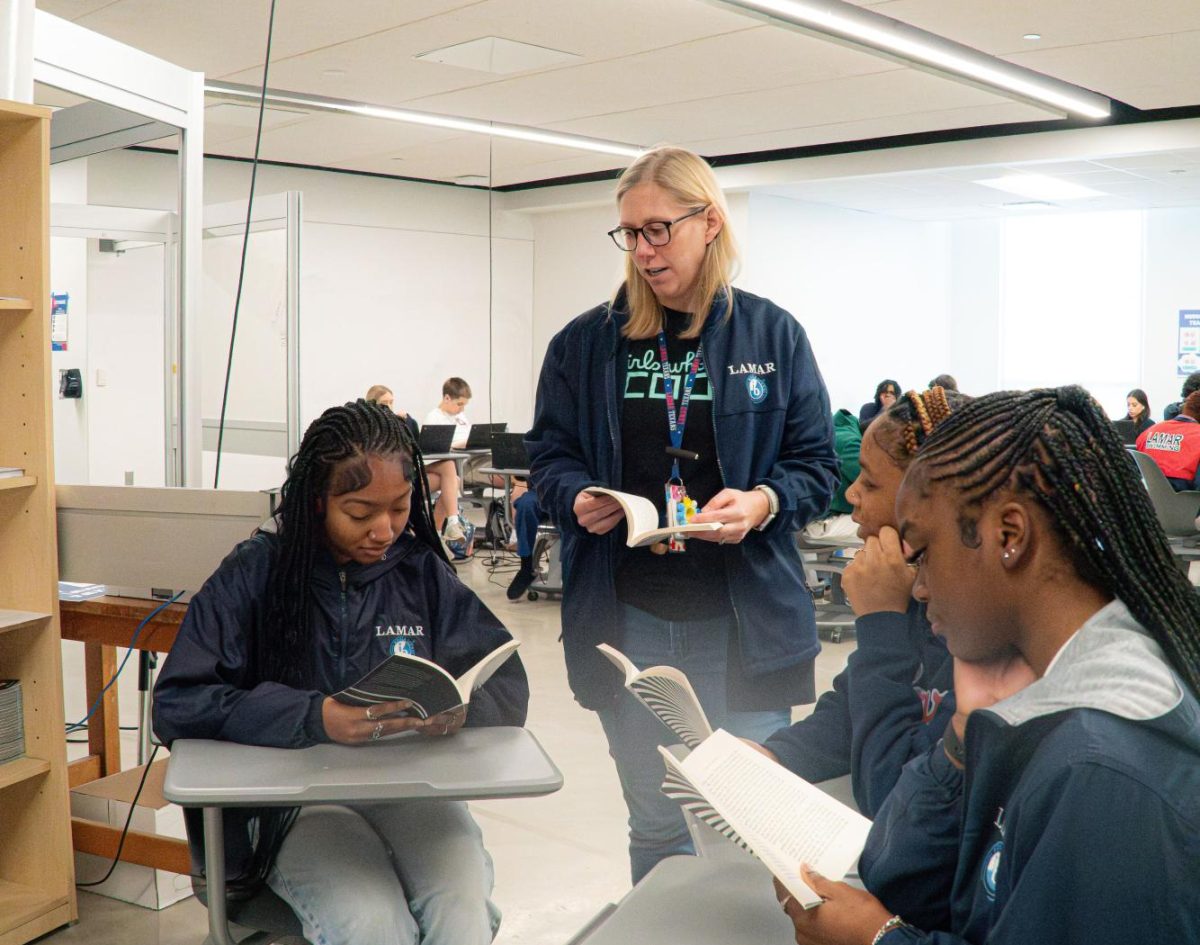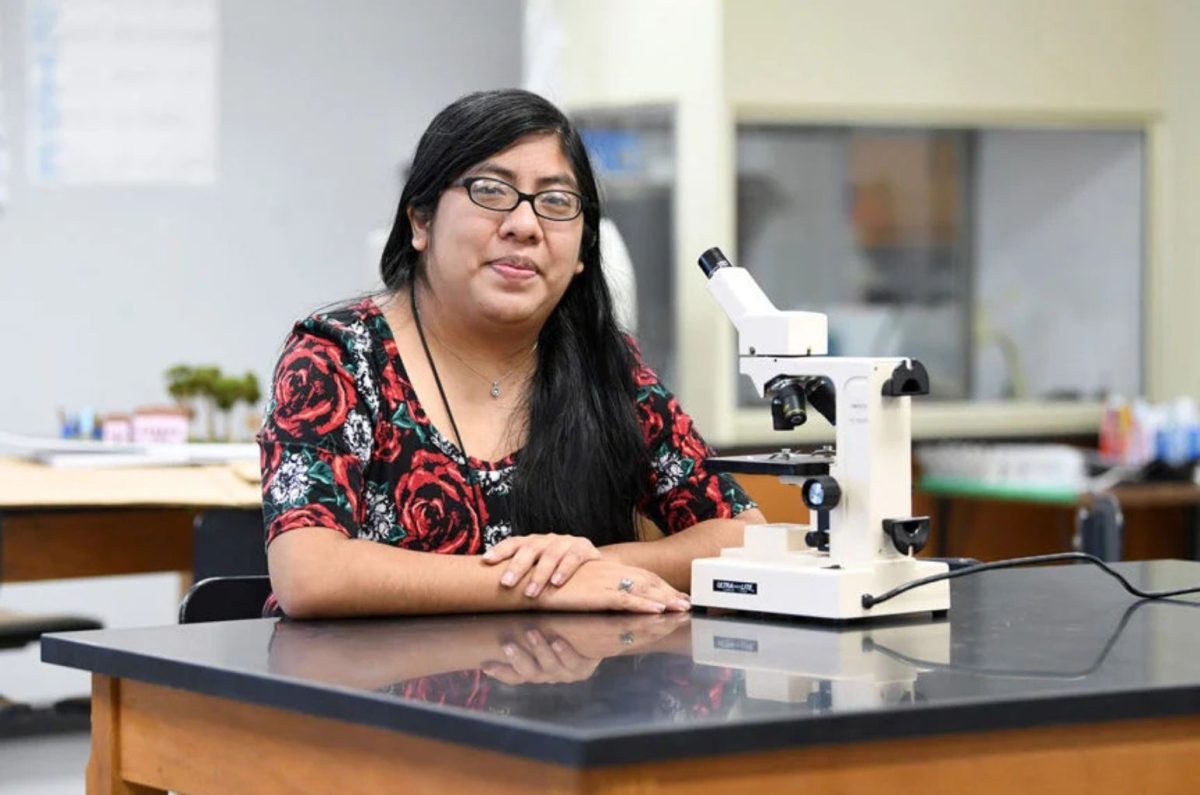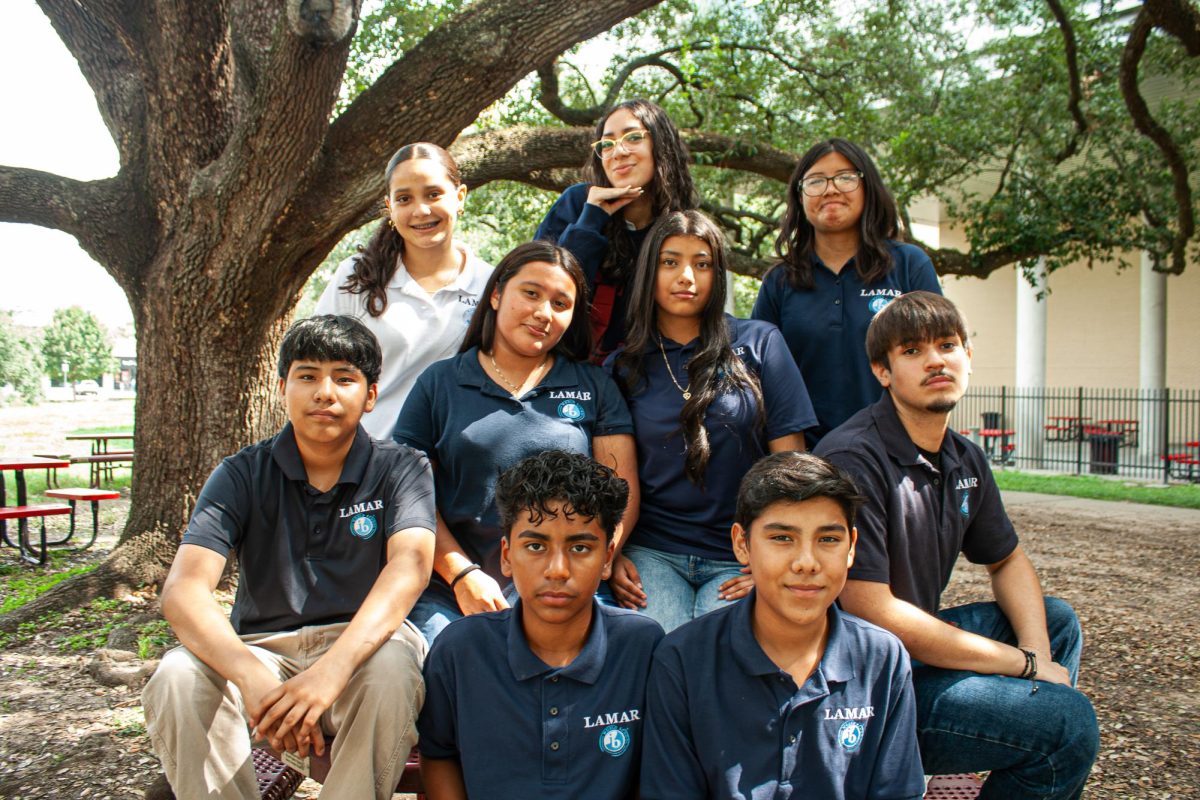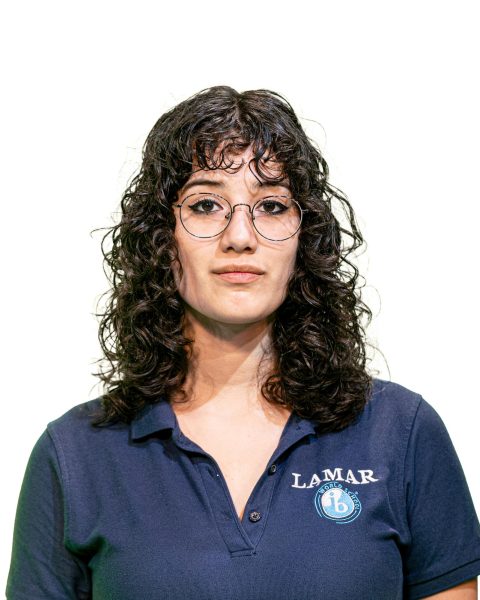Imagine living between two mirrors: one reflecting your family’s traditions, the other reflecting the culture you grew up in. Somewhere in the middle, the image becomes blurry. That blur is the Hispanic identity crisis. Being Hispanic in the United States can feel like standing in two different worlds simultaneously. On one side is the American culture, the schools, the music, the media, and the daily life that young people grow up in. On the other hand, Hispanic traditions, values, and language that connect them to their roots. Balancing these two identities can be inspiring and exciting, but for many, it’s also extremely confusing.
The big questions many Hispanic teens ask themselves is: Am I Hispanic enough? Am I American enough?
It seems like no matter which side they lean toward, someone is judging them. This creates a sentiment that makes many people feel like they don’t truly belong anywhere. “I’m definitely proud of being Hispanic, it just took me a while to get there especially with the pressure of this society,” said sophomore Llayana Hernandez.
Language is one of the most common struggles. Spanish is more than just a way of speaking; it’s a key part of culture and identity. But not every Hispanic in America is raised speaking Spanish. Some parents decide to raise their kids speaking only English, hoping it will help them succeed in school or at work, wishing this will make them more American so they can live the dream they’ve always wanted. Others speak Spanish at home but may feel embarrassed if they don’t know it perfectly, fearing that their friends or even family would make fun of them. They’re afraid of being known as the “no sabo” kids. No matter which side they fall on, language often becomes a dividing line. I definitely feel not Hispanic enough because sometimes it’s hard to keep up with Spanish since we’re constantly speaking English here in the United States,” junior Camila Tapia explained.
Skin color and appearance can also create challenges. A darker skinned Hispanic might face discrimination from both Americans and other Hispanics. People might make hurtful comments about their looks, making them feel less valued. At the same time, lighter skinned Hispanics often get told they “don’t look Hispanic,” which can make them feel invisible in their own culture. sort of ashamed of looking white, especially with what I experienced with my family and by myself,” said senior Caleb White. “I even used to be made fun of just because of my last name!”
This identity crisis is not just about personal feelings; it’s also shaped by politics and society. In 2025, Hispanics still face unfair treatment in many parts of the United States. Immigration laws remain strict, and many families live in fear of being separated. “I feel like they don’t understand what we have been through. Hispanics work hard for what we do. I definitely know my people do,” stated sophomore Anthony Marentes. Even Hispanics who were born in America, who are citizens, often get asked, “Where are you really from?” as if they can never fully belong.
Politicians sometimes use Hispanics as scapegoats, blaming them for problems like crime or job shortages instead of recognizing their important contributions. This creates an environment where young Hispanics are constantly told, directly or indirectly, that they don’t fit in.
Even with all these challenges, many Hispanic youths are finding ways to turn this struggle into strength. Increasingly, they are embracing the idea that they don’t have to choose between being American or Hispanic, they can be both. Being bilingual, celebrating traditions and living in two cultures is not a weakness. It’s a powerful skill that allows them to connect with more people and see the world in unique ways.
At the heart of all of this is one simple desire, to belong. Hispanic youth want to feel proud of their culture and still be accepted in the country they live in. They want to know that whether they speak English, Spanish, or both, their identity is valid. They want to know whether their skin is light or dark, whether they grow up rich or poor, they are part of a strong and beautiful community.
The Hispanic identity crisis is real, but so is the hope for change. By challenging stereotypes, standing up for fairness, and embracing both sides of their identity, Hispanic youth can proudly say, “I am Hispanic. I am American. And I belong.”

